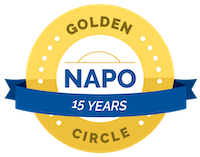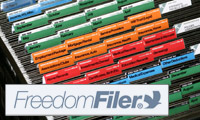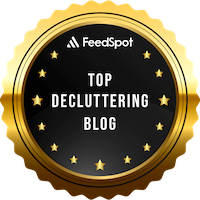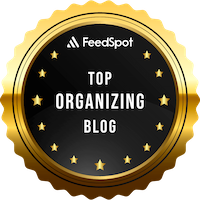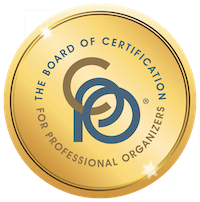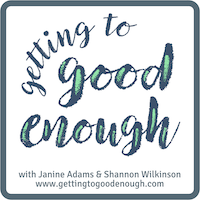Your memory is a terrible thing to rely on

When I was in my twenties, I had a mind like a steel trap. Oh, the things I could keep in there and recall in a nanosecond! It made me a valuable employee; my ability to keep details straight and handle logistics well allowed me to work on some great projects. (For example, I organized—and attended—a small conference in Africa with participants from all over the world. I put it together from my office in Washington, D.C., and this was before the internet.)
Now that I’m in my fifties, my memory is a shadow of its former self. But I’m lucky: in the intervening three decades, technology has emerged that helps me compensate. There’s no need to store things in my brain. I can write everything down and access it instantly using the app of my choice. That frees my brain for more important things.
Here are the apps I use most:
- Calendar on my Mac and devices; iCloud syncs them seamlessly
- Reminders, the built-in iOS app that I typically access with Siri
- Things my latest favorite task list app (I promise a future blog post on it.)
- Evernote for keeping track of notes, lists, and websites. I use the desktop app, as well as the iOS app on my iPhone and iPad.
I know there are many, many apps from which to choose. These work for me, so I’m not exploring others at the moment. But you may be using different apps that suit your needs, which is great.
But there’s a huge caveat here. In order for this to work, you have to actually look at your apps. You can’t just deposit stuff and ignore it. It’s like the Action Box I suggest clients use to handle their incoming mail…it doesn’t work if you just put stuff in, you have to go through it on a regular basis and keep it lean. (You can learn more about the Action Box in my Organizing Guide called LOVE IS FOREVER (STAMPS): how to fall back in love with snail mail.)
I’m still working on this, but the key (for me, anyway) is to create a daily habit of looking at my calendar and my Things task list on a daily or twice-daily basis. First thing in the morning and at the end of the work day is sufficient, though on days that I spend a lot of time at my desk I’m looking at them a lot more. I look at Evernote on an as-needed basis. Reminders come to me, so I don’t have to remember to look at them. Creating the habit of looking at my calendar and task list means that I don’t have to remember to look at my lists. Again, freeing up my brain for more important things.
In December 2012, Lifehacker published an article called How I Learned to Rely on my Memory and Stop Depending on Technology, that is the antithesis of what I’m talking about here. I re-read it just now and it made me squirm to even think of trying that experiment.
I am so happy that I have technology to help me make up for the deficits in my memory. Depositing everything into my apps makes my mind clearer. And, I feel, it makes me happier and more productive. I love that.
Photo by Hey Paul Studios via Flickr.
Tagged with: apps, calendars, lifehacker, memory, productivity, task list, task management, technology
Comments
Links
- National Association of Productivity and Organizing Professionals
- Getting to Good Enough podcast
- Are you interested in becoming a professional organizer?
- Organize Your Family History
- Shannon Wilkinson, life coach
- Institute for Challenging Disorganization
- Ravelry
- NAPO St. Louis
- Peace of Mind Spending

